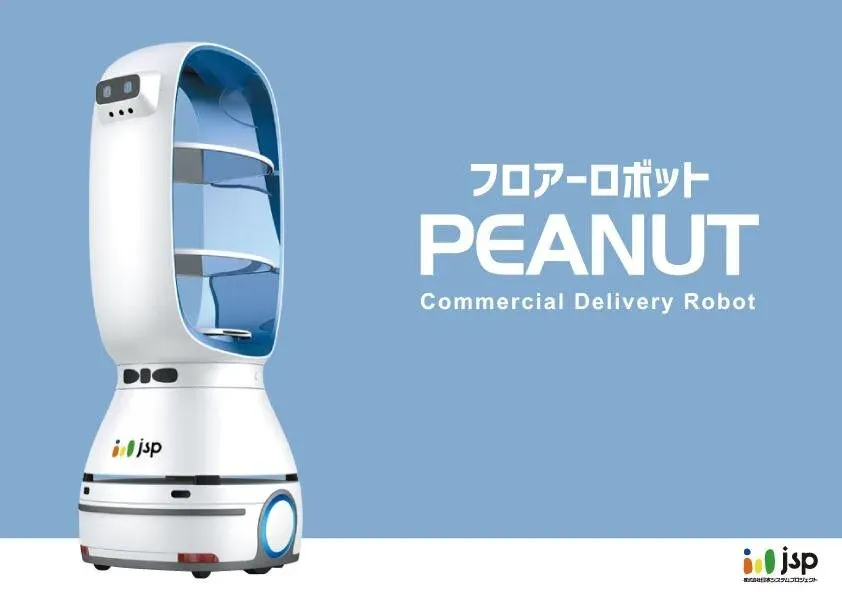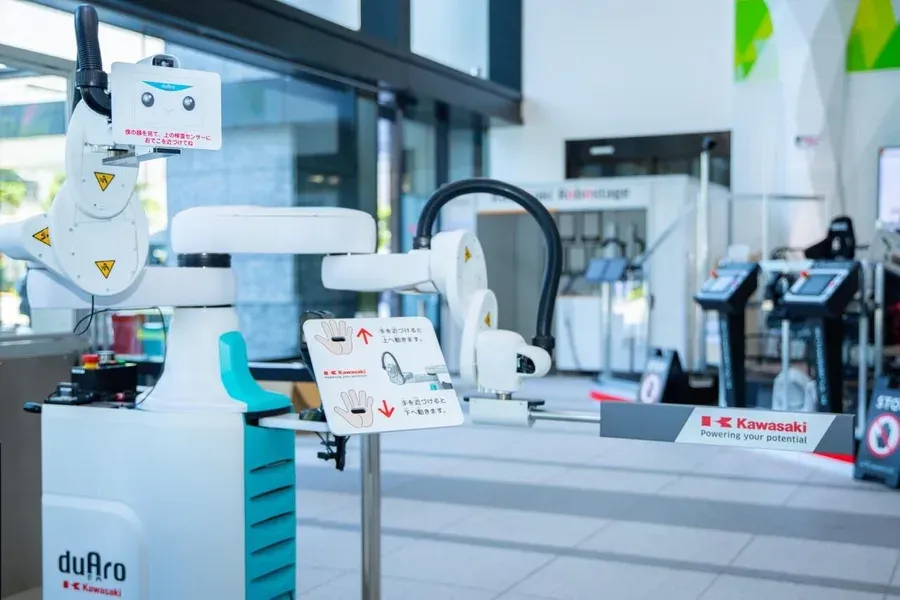In 2020, the novel coronavirus (COVID-19) severely impacted the world while bringing many societal needs to light in its wake. In the era of the “new normal,” where virtual contact and social distancing are required, the number of workplaces where robots could play an active role is increasing.
COVID-19 Pandemic Reforms the Way Robots Work
Milton Gary, president of the International Federation of Robotics Associations (IFR), predicts robots will play a large role in the “new normal.” “Robotics manufacturers will respond to increasing demand for new applications and solutions under development,” Gary says.
In the medical field, for example, the number of robots engaged in drug delivery, sterilization and disinfection has increased since the pandemic began. Robots that perform hospitality services such as unmanned security, automatic cleaning, guidance and serving are being implemented one after the other. Wakin Yakiniku introduced a serving robot “PEANUT” (Keenon Robotics), JOYSOUND for karaoke and “Robophone” (Sharp) at the reception desk of a hotel. At the Shinagawa Ward office, the first robot in charge of a window, “Robocott” (Takerobo) was installed in 23 wards. As our society changes, robots evolve to meet its needs.

To better understand the different uses for robots, the Ministry of Economy, Trade and Industry classifies robots into “industrial” and “non-industrial” categories. The ones that are active in serving meals, guiding, and guarding are so-called “service robots” for non-industrial use. In a new society, however, it will be impossible to draw a simple line between a robot that makes things and robot that doesn’t make things. Just by changing attachments and software, robots that can move around the workplace flexibly have been created, and will be able to accomplish many different types of tasks.
Kawasaki Collaborative Robot, duAro, Crosses Borders
Kawasaki Heavy Industries, Ltd. has been leading the world of industrial robots for more than 50 years. To meet the needs of the evolving manufacturing industry, Kawasaki developed the duAro collaborative robot. Kawasaki’s duAro was born as a semi-humanoid robot that works not only as a substitute for a person, but can also work alongside a person.
duAro’s compact, mobile, two-arm design takes up the same amount of space as one person. These factors, as well as its ease of programming, have made duAro easy to introduce at manufacturing sites that may not have automated before.
One of duAro’s strengths is its ability to respond to needs that conventional industrial robots have had difficulty responding to, including changing product varieties and small-batch manufacturing. Since duAro’s launch in 2015, the robot has been used in a wide range of industries, including electronics, food and cosmetics. Now, by making use of its dexterous arms and the ability to coexist with people, the robot is being utilized in fields other than manufacturing.
Conducting Fully Automatic, No-Contact Temperature Checks
In order to prevent the spread of new COVID-19 infections, many businesses and workplaces are currently conducting temperature checks before employees and visitors enter their premises. In the summer of 2020, a temperature-taking duAro was launched to meet this need. It has already been implemented at the reception desk of “Kobe Marine Museum Kawasaki World” (Hyogo and Kobe) and “Kawasaki Robostation” (Odaiba, Tokyo).

When a visitor puts his hand close to the sensor, duAro responds immediately. The robot’s right hand is equipped with a temperature sensor, which it uses to measure the visitor’s temperature according to the height of their forehead. If the visitor’s body temperature is below the specified value, the robot can raise the bar on its left hand and let them go in. If the visitor’s body temperature exceeds the specified value, they cannot enter without talking to a person in charge. All of these actions are no-contact, minimizing the risk of infection.
Safely Coexisting with People
One of the reasons duAro can be used in this type of application is the robust safety considerations unique to the duAro series. Developed as a collaborative robot that works alongside people, the duAro’s arms are covered with a soft urethane cushion to prevent injury in the event of a collision. In addition, upon contact, the robot detects a collision and immediately stops any movement. duAro is designed to protect the user in any situation.
As a pioneer in the field of industrial robots in Japan, Kawasaki Heavy Industries developed the duAro. This flexible collaborative robot is a part of the next era of robotics aimed at a future where robots coexist with people. The duAro may be given the role of connecting the two worlds of industrial and non-industrial fields; people and machines.
Note:In 2009, the number increased from 1,021,000 to 2,722,000 in 2019. (International Federation of Robotics “World Robotics 2019”)
[References]
- ‘World Robotics Report 2020’ (International Federation of Robots)
- ‘Tokoton Yasashii Robot Book’ (Compiled under the supervision of the Japan Robot Association, published by the Nikkan Kogyo Shimbun)
- ‘Augmented: Life in the Smart Lane’ (Written by Brett King, published by Toyo Keizai Shimbun)
- Kevin Kelly, “Better Than Human: Why Robots Will – And Must – Take Our Jobs” Wired, December 24, 2014
- Source: “Next Generation Robot Vision Conference” (2004), Ministry of Economy, Trade and Industry